Many workplaces are required by law to have emergency lighting so that people can find their way out in the event of an untimely power outage. It's a lighting system solution that can help people avoid panic and save lives. But what happens if an emergency light fails? Do you know how to fix emergency lights? In this article, I will discuss the importance of having emergency lights in the workplace. I also provide you with some tips on how to maintain emergency lights, so read on.
Use as much information as possible about tools. When the building is now under attack, there is no reason why you should not be aware of the emergency plan. It can benefit you greatly, both during the day and during events where the need is more intense.
◮ Remove the package with a screwdriver. Any emergency light requires a Philips head, but the specific location of evidence requires a different hex driver section. Hopefully, you or the maintenance team are holding the product at the time of purchase.
◮ Now that you have removed the cover, a large number of wires will appear in front of you. Any red, green, blue or white wire can be used to provide assistance to the voltage transformer from the AC conduit connected to the switch circuit. The circuit board has one, two or three wires connected to the pump.
◮ The battery should be either a sealed lead-acid (SLA) or nickel-cadmium (NiCd) battery, depending on the emergency light. SLA looks like a baby car battery, while NiCd usually looks like a regular AAA household battery wrapped in a black security shrink wrap.
◮ Most batteries may slip out of the device until the contact points are separated from the leads. You can place any cell into the separated ring.
Given the importance of emergency and escape lighting, it is sometimes overlooked after such systems are built in a building. When these devices don't work when they matter most, it leaves residents in the dark.
Safe and timely evacuation
The first thing most people do when the fire alarm goes off is look for an emergency exit. The sooner people see the door, the faster they will escape. In the event of a fire, it is critical that people have the opportunity to escape the building before they inhale too much smoke or the fire spreads. You need to make sure that emergency lighting is still working well to ensure that the building is safe for its occupants.
Comply with the law
You need to comply with local laws to ensure that the building is safe and up to code. To test or add new emergency escape lights to your home, we recommend consulting with a fire safety contractor.
Stairs Keep the lights on
If the lights are out, you won't want to catch people in the stairwell. Stairwells are very unsafe during a power outage because people are more likely to move or slide down the stairs. Installing emergency evacuation signs is the safest way to ensure the safety of residents during a power outage. These escape signs are planned to remain lit during a power outage so that citizens can quickly escape in case of an emergency.
Preventing panic
People want to know if they can stay safe in an emergency. With emergency lighting implemented in hallways and stairwells, people realize where to go. Whether you live in a commercial building, you need to be aware that the building may not be recognizable to all the residents in your home. Being in an unknown location when an accident occurs is unnerving and so scary because you can see the cover.
First responders can do their job
Emergency escape signs in the event of a fire can help firefighters enter a home. First responders are unfamiliar with the architecture of a commercial building, mainly because they first see it through a cloud of smoke. Illuminated escape signs can break through the fog and haze so firefighters can do their jobs. Search and rescue personnel still need to be able to quickly identify emergency doors before entering a building to look for survivors.
The government reports that fire protection in the workplace should be immediately equipped with evacuation lighting systems.
►Each exit door
►Escape routes
►Corridor crossings
► stairs so that each flight is well lit
►Floor changes
►Windowless rooms and bathrooms over 8 m2
►Firefighting equipment
►Fire alarm call points
►Premises area above 60 square meters
Each object above should be fitted with a separate light and should have an adequate amount of light.
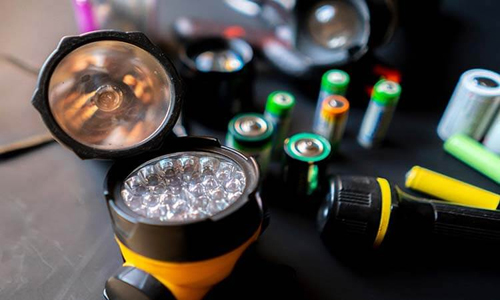
Just like any other emergency equipment, emergency lighting systems will be inspected and monitored to ensure they are in good working order. The amount of lighting depends on your setup, so as a general reference, you might consider.
✱ Monthly testing- A simple monthly check is a good idea to tell you how it is operating at its highest rate. Make sure all your emergency lights come on when you turn off the main battery. Test the enclosure, there is no sign of degradation or debris. Restore control of the main system and verify that it is charged.
✱ Annual Test - Plan to have the emergency lighting system fully inspected at least once a year. Will the machine send you a full three hours of light before the main power control fails, the check will run for at least three hours.
Remember: emergency lights are important, even though no one knows or cares about them. It pays to know how to repair emergency lights. It is also important to perform regular inspections and maintenance to ensure that it will operate in times of crisis. Learn more about emergency lights.

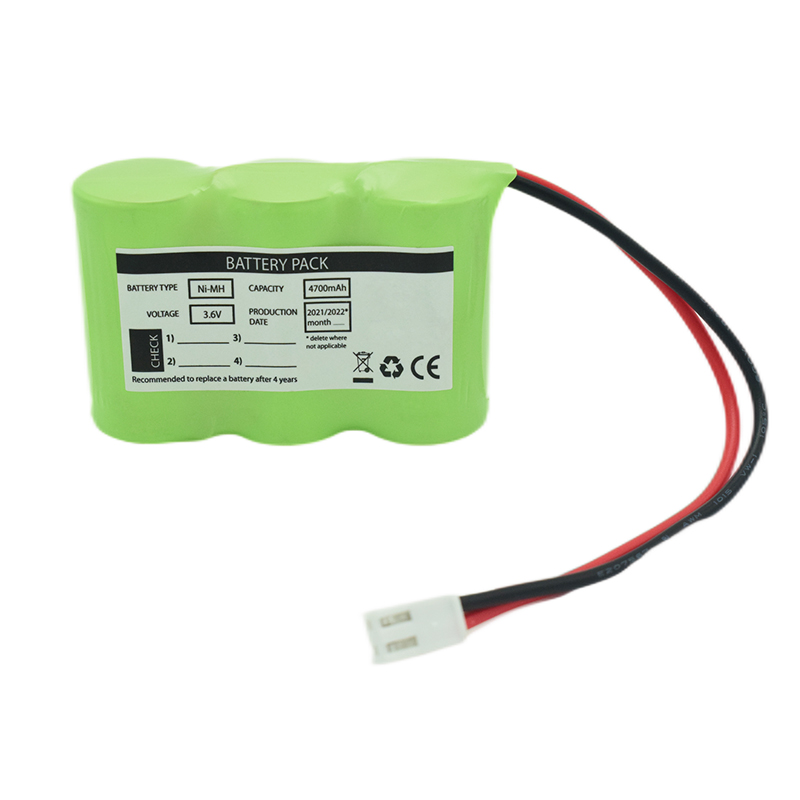 Ni-MH Battery C4700mAh 3.6V
Ni-MH Battery C4700mAh 3.6V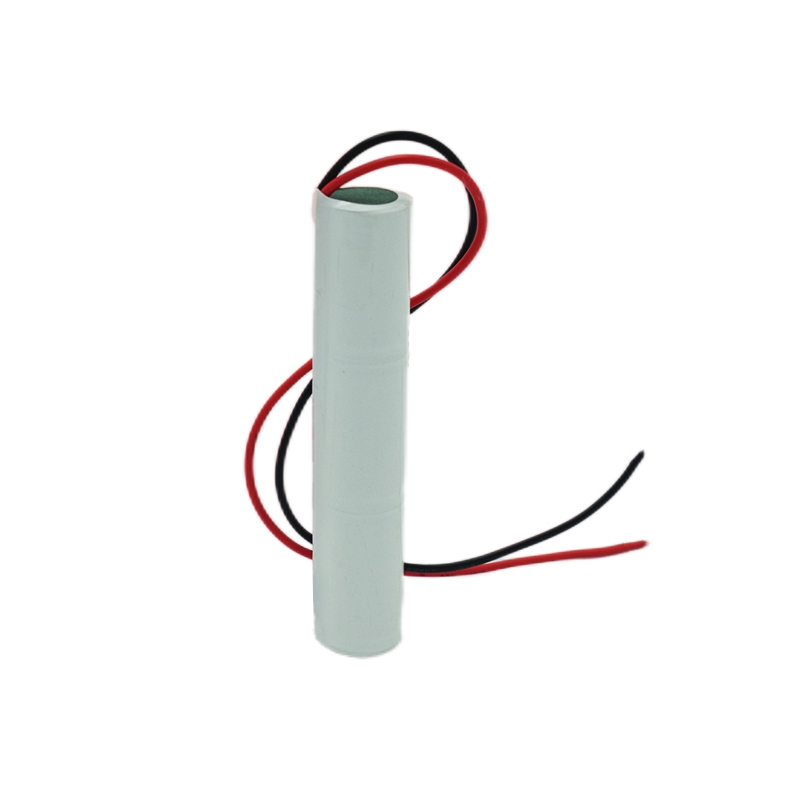 Nickel Cadmium Nicd Battery Pack SC1800mAh 3.6V
Nickel Cadmium Nicd Battery Pack SC1800mAh 3.6V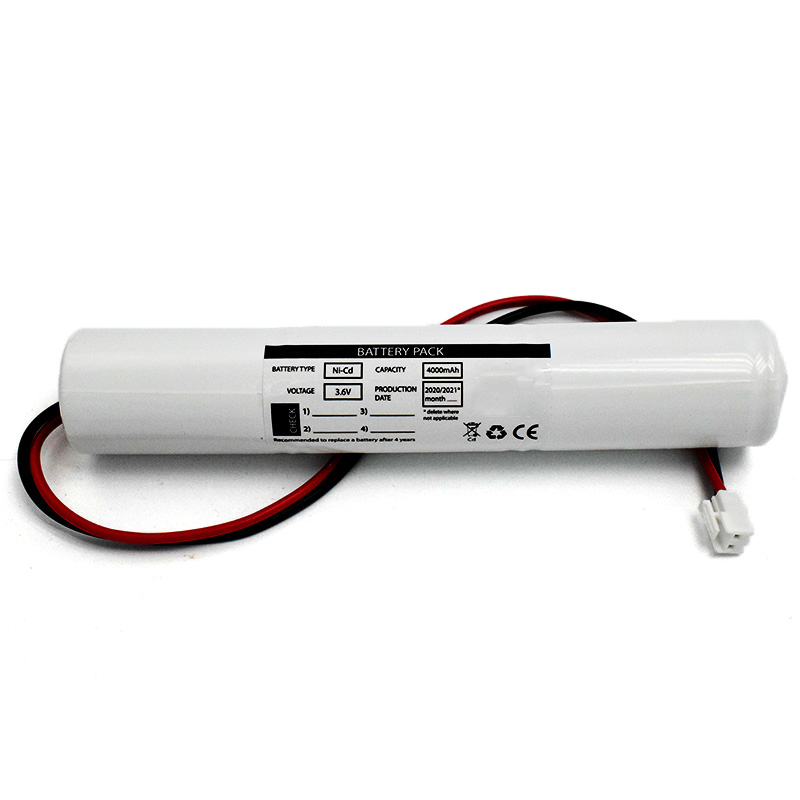 Ni-Cd Battery Pack D4000mAh 3.6V
Ni-Cd Battery Pack D4000mAh 3.6V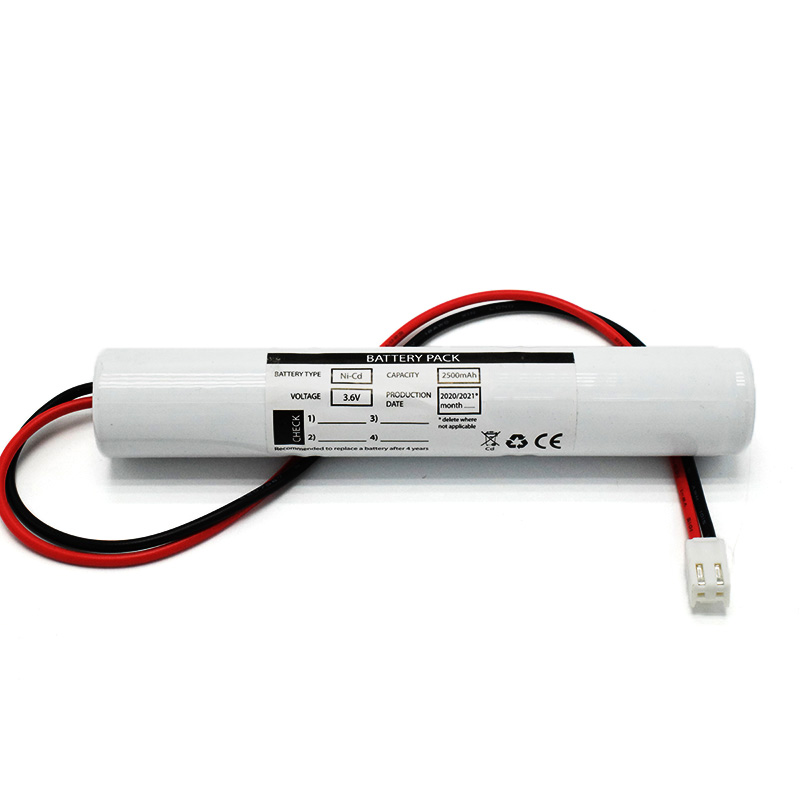 Ni-Cd Battery Pack C2500mAh 3.6V
Ni-Cd Battery Pack C2500mAh 3.6V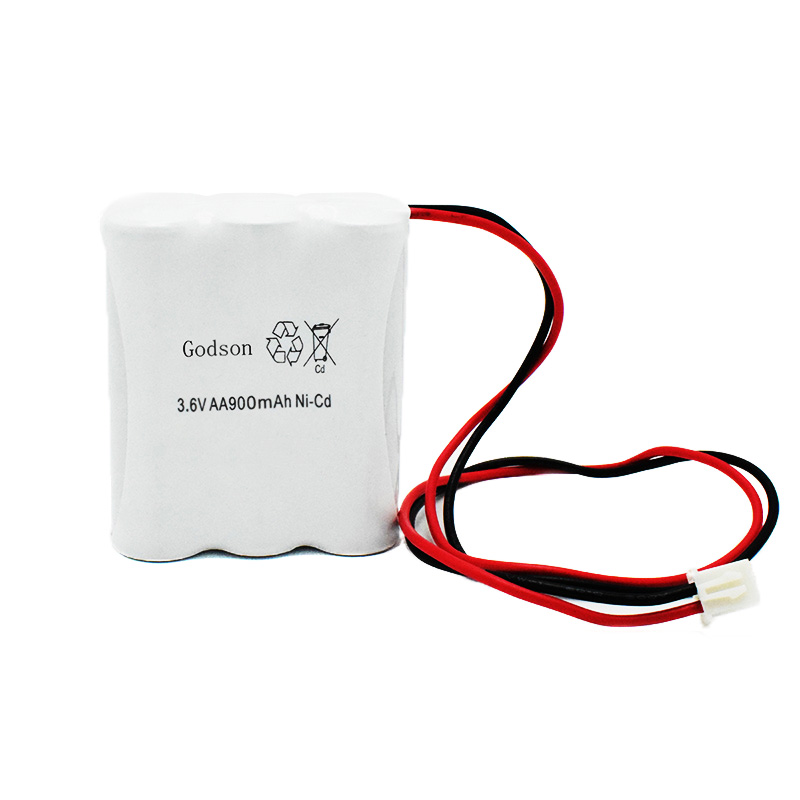 NICAD Battery Pack AA900mAh 3.6V
NICAD Battery Pack AA900mAh 3.6V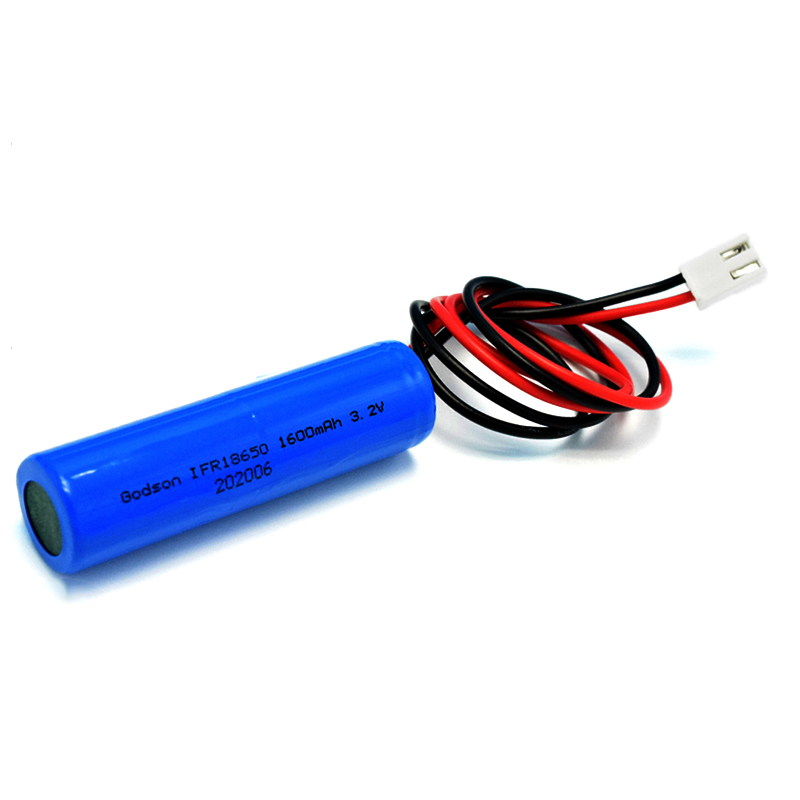 LiFePO4 IFR18650 1600mAh 3.2V
LiFePO4 IFR18650 1600mAh 3.2V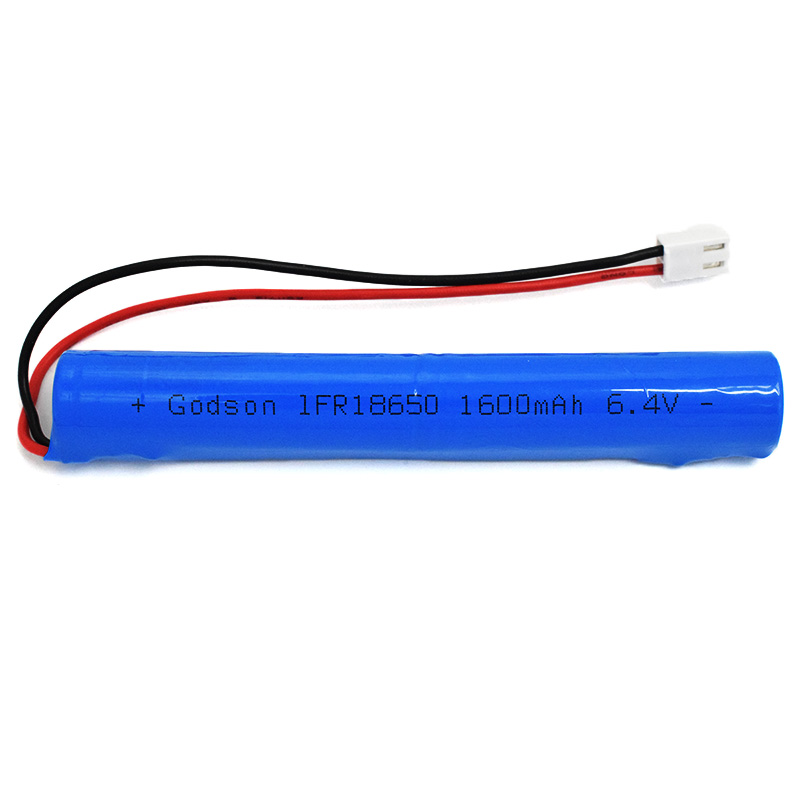 LiFePO4 IFR18650 1600mAh 6.4V
LiFePO4 IFR18650 1600mAh 6.4V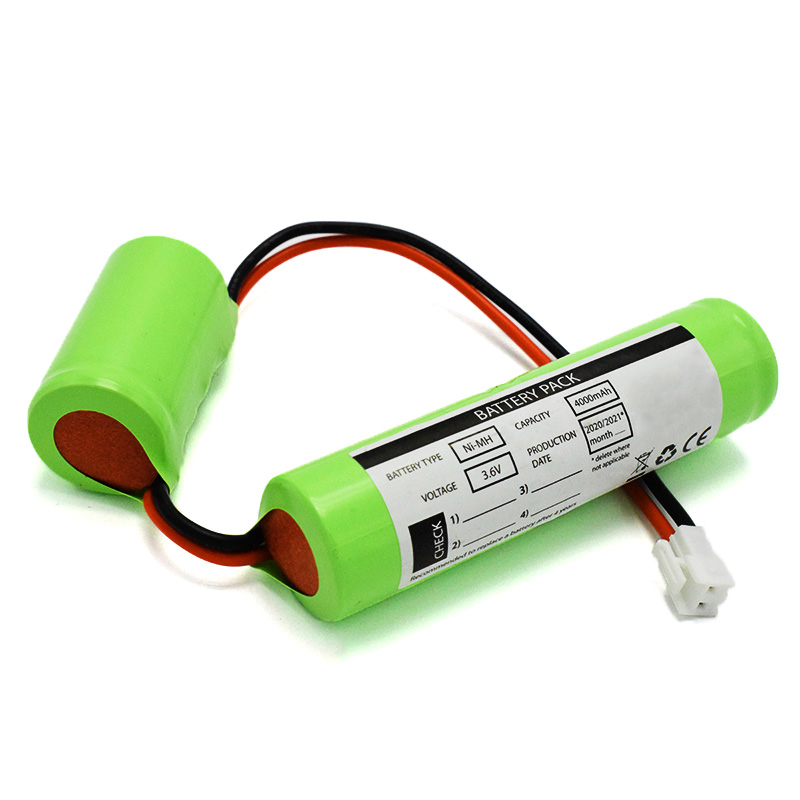 Ni-MH Battery C4000mAh 3.6V
Ni-MH Battery C4000mAh 3.6V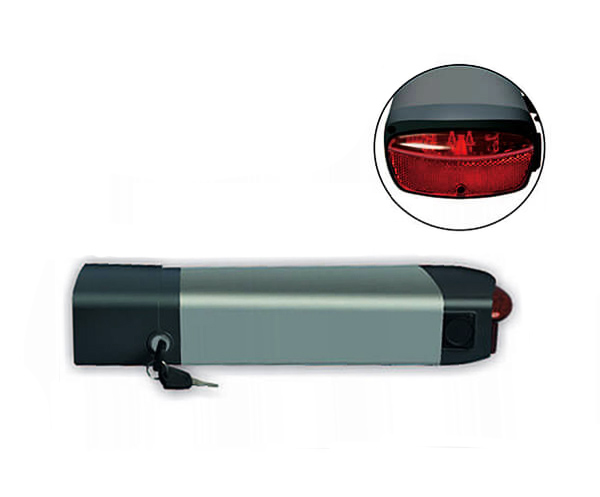 E-bike Battery 48V 10Ah JL-1
E-bike Battery 48V 10Ah JL-1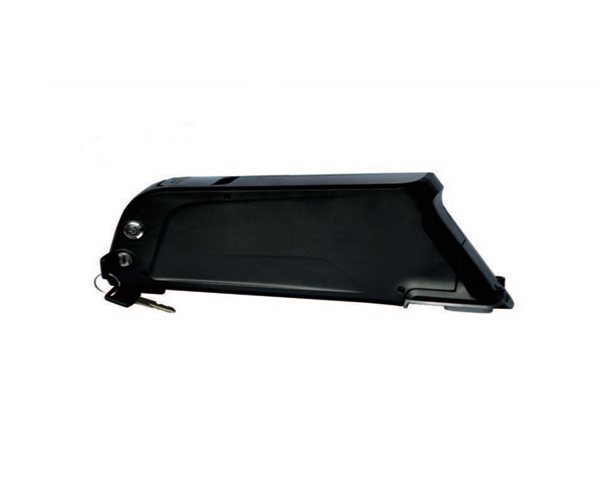 E-bike battery 48V 10Ah Qing Tian
E-bike battery 48V 10Ah Qing Tian